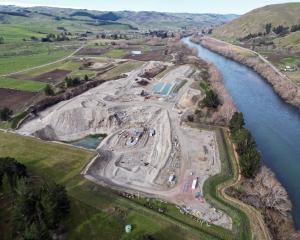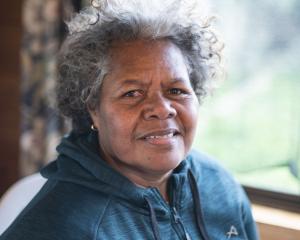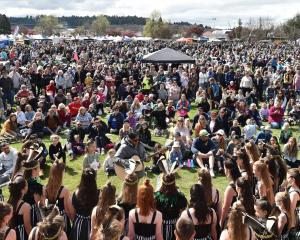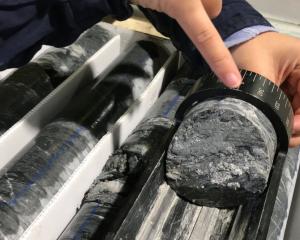Patearoa's tiny library will again be opening its door to visitors and crib owners for the summer holiday season. Otago Daily Times photographer Stephen Jaquiery visits the quaint shack to capture its charms, while Central Otago reporter Jono Edwards looks at why it holds such a special place in the hearts of locals and travellers.
The only shades of grey to be found in Patearoa's 6m by 4m library are in its corrugated iron exterior.
This modest shed lies in a barren area of the small Maniototo settlement and only a few houses are dotted nearby.
Its uneven wooden floor and cardboard borrow cards only add to the rustic escapism for those who sit reading on its floral-patterned couch.
The Patearoa library, on the corner of Aitken and Cambridge Rds, will soon be opening to holiday-makers and tourists for the coming summer season.
From mid-December, it opens for a few hours a day, usually 2pm-4pm, two days a week.
From Christmas to New Year, this steps up to about three.
Most locals have access to keys and can issue books in the off-season.
Visitors wanting to scan its shelves during this time need to prove themselves to the town before they can be tipped off as to which letterbox the keys are in.
Patearoa resident Maree Dowling says it runs very much on an honesty system.
''You need to earn the trust of the locals.''
Mrs Dowling moved to the settlement three years ago from nearby Wedderburn and works as a nurse in Ranfurly.
She is one of many locals who volunteer to mind the library during its summer open hours.
Travellers visit for its ''unique'' atmosphere and history, she says.
''It's a bit special. It has the character of country yesteryear.''
Library registers and minute books dating back its original inception provide ink and pencil trails delineating the reading habits of 19th-century residents.
But for the summer ''cribbies'' who come to Patearoa for a secluded getaway, the library holds a more practical purpose.
''They want something to read during a quiet holiday ... You wouldn't come to Patearoa if you wanted action-packed.''
The shelves lining the walls hold a few thousand books, some dating to the 19th century, as well as 20th century classics, detective novels and a few recent blockbusters.
There is also a healthy New Zealand section.
The library is well used over summer, Mrs Dowling says.
Throughout its history, locals have restocked the shelves through various means.
Initially, the librarian would buy books from wherever possible until the introduction of a rural library service van, which operated from 1937 to 1989.
These days books come through donation.
Frances Wood initiated a clean-up of the library in 2003 after years of neglect and looked after it until leaving for Ranfurly last year.
''No-one was really using it and my son said 'why don't you do something about it?'.''
Locals sold a few of the older books and raised enough money for minor book repairs, woodwork preservation and sign repainting.
Mrs Wood said it would survive because there were always locals interested in history.
''It's the antiquity of the place which interests people.''
* The library was featured alongside other New Zealand libraries in a BBC radio documentary, The Search For Tiny Libraries in New Zealand, in July.
The library's history
The original tin building was built on April 9, 1895, on what is now Chirnside Tce. Subscribers numbered about 30 and the annual fee was 4s. It was moved to the property of the Hamilton family in nearby Aitken Rd upon the death of the original site's owner, Bill Chirnside, in 1926. In the 1930s, builder Owen McCambridge constructed the present shed, the cost of which took the library committee more than 10 years to pay off. In 1953, it was dragged 90m down the road to its present site to make it closer to the township.











